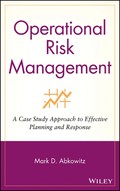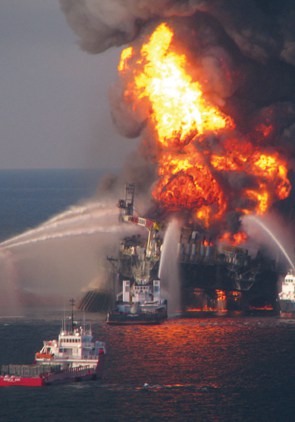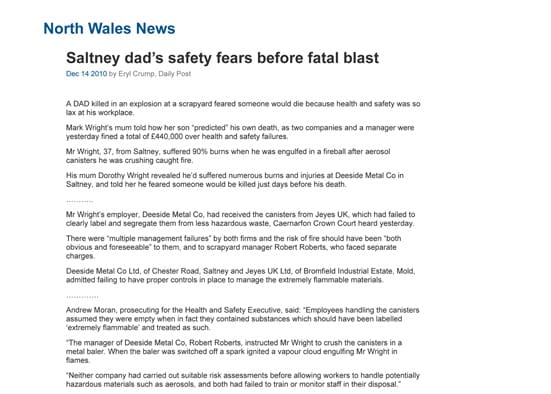At the recent Safe Work Australia Awards, the Minister for Workplace Relations had a dig at “safety culture“, according to an article from the National Safety Council of Australia. Bill Shorten said :
“It is not the systems or the fancy talk about culture that will save people’s lives.”
This has been interpreted by some as Shorten disparaging the advocates of safety culture. I agree that safety culture can be used as a euphemism for “Act of God” and therefore take no preventative action but safety culture is not designed by Gods, it is designed and implemented by Chief Executive Officers and Boards of Directors, often under the rubric of “leadership”. Continue reading “Safety leadership and culture require accountability”




